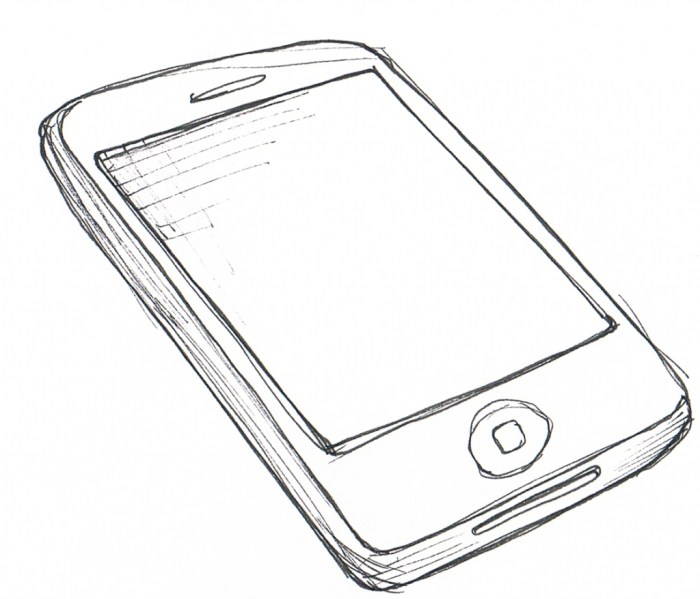Artist renders HTC 10, a flagship smartphone that made waves in the tech world back in 2016. This rendering captures the essence of the device, showcasing its sleek design and innovative features. The artist’s interpretation of the HTC 10 provides a unique perspective on this iconic device, highlighting its strengths and weaknesses through their artistic vision.
The rendering goes beyond simply replicating the HTC 10’s physical appearance; it delves into the device’s essence, exploring its design language, user experience, and the impact it had on the smartphone landscape. Through their choice of colors, lighting, and composition, the artist creates a captivating visual narrative that invites viewers to appreciate the HTC 10 from a new angle.
Technical Aspects: Artist Renders Htc 10

Rendering a realistic HTC 10 would have presented several technical challenges for the artist. Achieving photorealistic textures, accurate lighting, and capturing the phone’s intricate details are just some of the aspects that require meticulous attention. The artist likely employed various software tools and techniques to overcome these hurdles, resulting in a visually compelling and technically proficient rendering.
Software and Tools, Artist renders htc 10
The artist likely used a combination of 3D modeling, texturing, and rendering software to create the HTC 10 rendering. Popular choices include:
- 3D Modeling Software: Blender, Maya, 3ds Max, Cinema 4D. These programs allow artists to create the 3D model of the phone, defining its shape, dimensions, and overall geometry.
- Texturing Software: Substance Painter, Photoshop, Mari. This software is used to create and apply detailed textures to the 3D model, giving it a realistic appearance. Textures are crucial for capturing the phone’s materials, such as the metallic frame, glass screen, and plastic buttons.
- Rendering Software: V-Ray, Corona Renderer, Octane Render. These renderers are used to generate the final image, taking into account the lighting, shadows, and reflections that contribute to the realism of the rendering.
Each of these software programs has its own strengths and limitations, depending on the artist’s experience, project requirements, and budget.
Artistic Techniques
The artist likely employed various artistic techniques to achieve the desired level of realism and visual appeal. These could include:
- Photorealism: The artist aimed to create a rendering that closely resembles a photograph, capturing the intricate details, lighting, and textures of the HTC 10. This technique often involves using high-resolution textures, realistic lighting setups, and meticulous attention to detail.
- Stylized Representation: The artist might have opted for a more stylized representation of the HTC 10, emphasizing certain features or using artistic liberties to create a unique visual style. This approach could involve simplifying certain details, using exaggerated lighting, or applying a specific color palette.
The chosen technique depends on the intended purpose of the rendering, whether it’s for marketing, product design, or artistic expression.
The artist’s rendering of the HTC 10 serves as a testament to the enduring power of creative expression. By combining technical skill with artistic vision, the artist has captured the essence of this iconic device, offering a unique perspective that resonates with both tech enthusiasts and art lovers alike. This rendering not only celebrates the HTC 10’s legacy but also underscores the role of art in shaping our perception of technology and its impact on our lives.
Artist renders of the HTC 10 showcase its sleek design and innovative features. While the HTC 10 was a popular device, the tech world is constantly evolving. For those seeking cutting-edge technology, Dell Computer Home: Your Guide to the Latest Models is a great resource for discovering the latest Dell innovations. Whether you’re looking for a powerful gaming laptop or a sleek desktop, Dell has a model to meet your needs.
Moving back to the HTC 10, these renders offer a glimpse into the design philosophy of the era, showcasing the trends and advancements in mobile technology.